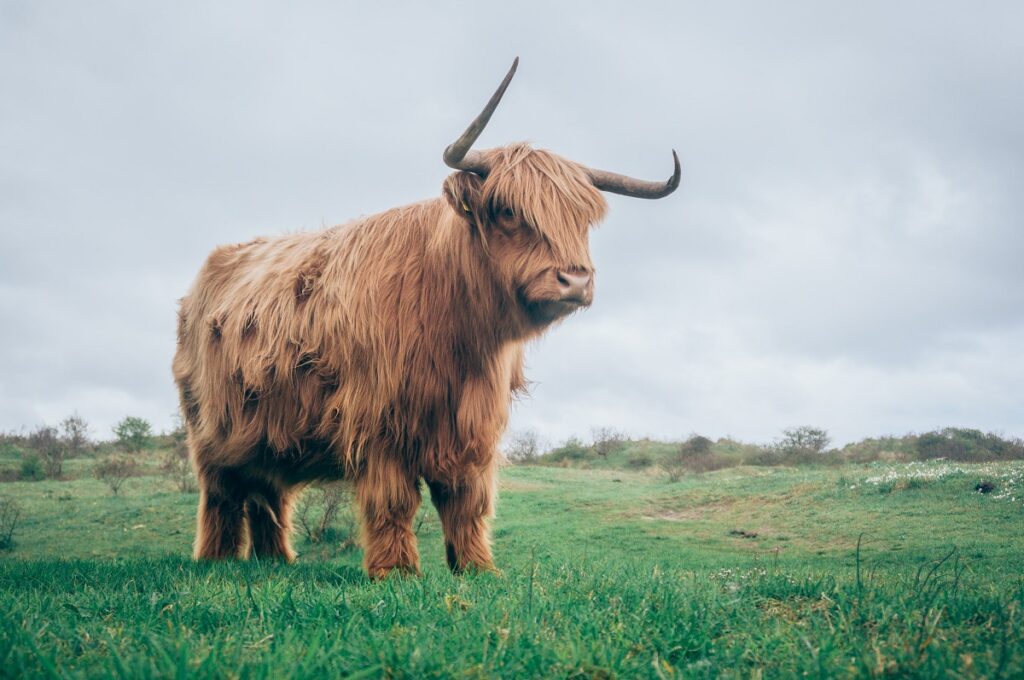A new market study predicts that the already booming animal biotech sector will grow by around 10% annually until the end of the decade.
According to research from Polaris Industry Research, the worldwide animal biotechnology market – estimated at $22.59 billion in 2021 – is anticipated to increase at a compound annual growth rate of 9.5% through 2030.
According to Polaris, the market for animal biotech has led to the production of “animals with enhanced growth rates” and “disease resistance.”
The company added that there is a growing need for animal biotech since more accurate diagnoses for illnesses that afflict animals allow for more effective treatment with drugs and vaccinations.
The report lists a number of factors as growth drivers, including:
- the demand for genetically modified therapeutic proteins that are resistant to disease,
- the increasing contributions of animals to the development of human pharmaceuticals,
- the prevalence of zoonotic diseases that affect humans,
- the rise in pet ownership,
- improvements in pet treatment and preventative care,
- growing public concern for animal welfare, and,
- the increasing demand for meat and animal-based products.
“The growing awareness of animal genetic testing is also expected to drive this biotechnology market’s expansion. The development of the worldwide animal biotechnology market is anticipated to benefit from the rising production of novel vaccines that are practical and easy to use, such as recombinant vaccines, Anti-idiotype vaccinations, synthetic vaccines, and subunit vaccines. These vaccines are a valuable tool for reducing animal illness burden and are essential for maintaining preventative health and disease control,” Polaris says.
The U.S. Department of Agriculture (USDA) vows changes in regulation to advance biotech development, as well as greater funds, in announcing plans to support the Biden Administration’s executive order on biomanufacturing. Similarly, the U.S. Department of Health and Human Services (HHS) promises “to facilitate advancements in the development of innovative animal products created with biotechnology,” including through the U.S. Food and Drug Administration’s Veterinary Innovation Program.
The Biotechnology Innovation Organization (BIO) has long advocated for the FDA and USDA to work more closely together to strengthen animal biotech regulations.




